Should you use Amazon Lex or Dialogflow for your next conversational AI project?
With the global chatbot market expected to reach $13.23 billion by 2027 (Mordor Intelligence), many companies find themselves debating between these two leading platforms.
In today's competitive landscape, delivering exceptional customer experiences is vital for business success.
This is why more companies are turning to conversational AI platforms like Amazon Lex and Dialogflow to automate engaging interactions.
Alexa chatbot platform by Amazon enables creating voice and text bots for applications across devices. Lex supports multi-bot conversations. Leading conversational AI platform from Google, Diagflow using NLP for building chatbots on any channel.
With many key differences, you must consider the ease of integration into your existing tech stack. But how do you choose which is perfect for you between these two robust solutions?
Should you build on Lex's proven AWS infrastructure or leverage Dialogflow's advanced ML?
Analyzing key differences will lead to the right solution, and in this blog, we are showcasing the key differences.
What is Amazon Lex?
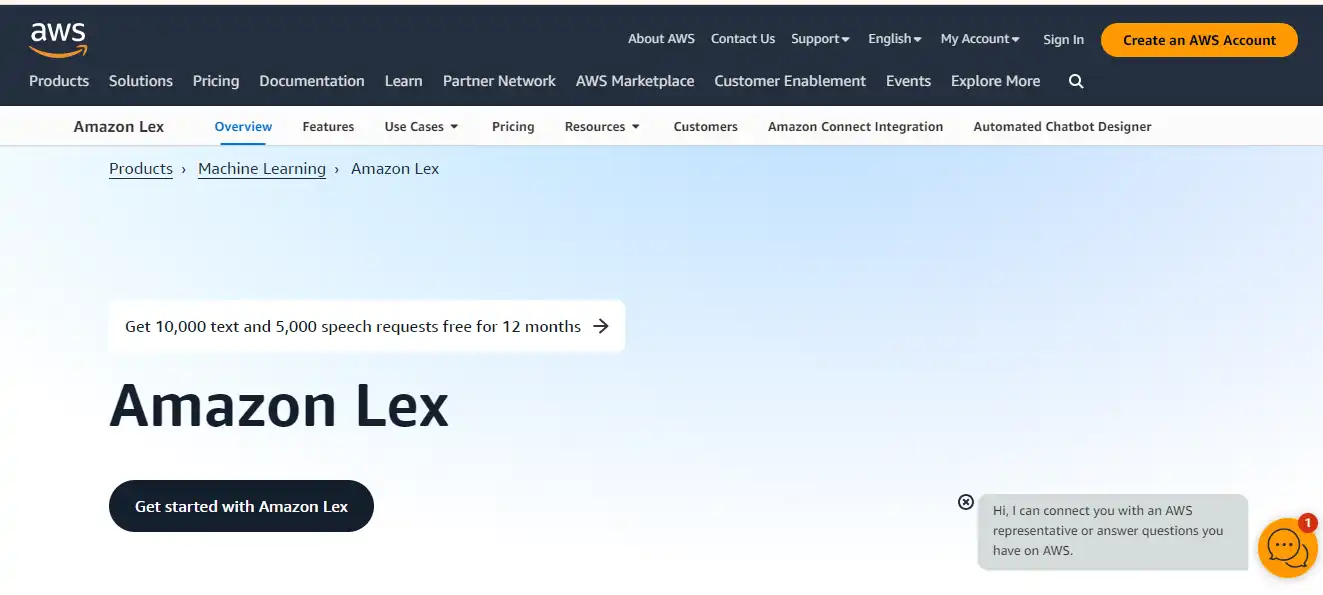
Amazon Lex is a conversational AI service that makes it easy to build voice and text chatbots. Created by Amazon, Lex powers chatbots on platforms like Alexa to enable natural language conversations with applications and services.
With Lex, developers can create bots that understand natural language, convert speech to text, identify intents, and respond intelligently using AI. It allows managing multiple bots with different interaction models. Lex integrates easily with other AWS services and also works with third party channels.
Key features include automatic speech recognition, natural language understanding, bot configuration, sentiment analysis, session management, and integration with backend systems. Lex allows rapid development of high-quality, scalable chatbots using the advanced AI technologies from Amazon.
What is Dialogflow?
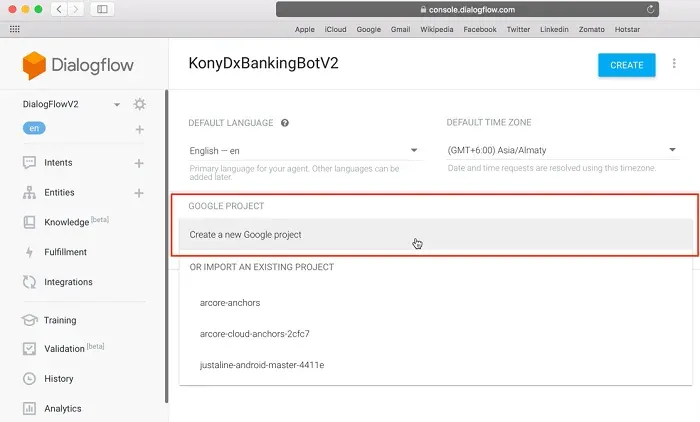
Dialogflow is a leading conversational AI platform from Google for building chatbots, voice assistants and other interactive agents. Using natural language processing and machine learning, Dialogflow understands text or audio conversations in dozens of languages and can automatically translate into over 30 languages.
Dialogflow provides tools to quickly design and integrate conversational experiences into web, mobile, and smart displays. Its API integrates with backend systems and contact centers and offers scaling across millions of simultaneous conversations.
Key features include NLP for language understanding, rich conversational flow design tools, content integration, analytics, and optimization. Dialogflow accelerates creating human-likebots that can handle diverse conversations across any channel or device.
Why Choose: Amazon Lex vs. Dialogflow - Key Differences!
While both are leading conversational AI platforms, Amazon Lex and Dialogflow have some core differences. Lex makes it easy to add sophisticated natural language chatbots to Alexa environments and integrates tightly with AWS services.
So for Alexa or AWS-heavy organizations, Lex aligns well. Dialogflow excels in omnichannel flexibility, supporting more platforms natively, including Google tools. For advanced NLP capabilities, Dialogflow is ahead.
Lex simplifies bot development for less technical users. Dialogflow offers richer design tools for complex conversations.
Companies already using Google tools may find Dialogflow more turnkey, while Lex fits Amazon-centric infrastructures better.
The right choice depends on the existing stack, use cases, and team skills.
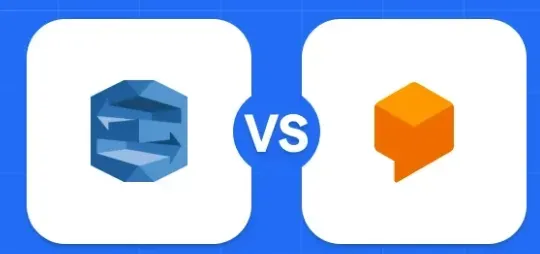
Unique features of Amazon Lex
Amazon Lex packs a punch with its robust feature set.
- It offers advanced speech recognition and deep learning capabilities, allowing developers to build highly interactive conversational interfaces.
- With its integration with AWS services, Lex becomes even more powerful by leveraging the vast ecosystem of cloud computing services provided by Amazon.
- Lex provides out-of-the-box support for multi-platform deployment, making it a great choice for businesses targeting multiple channels.
Unique features of Dialogflow
On the other side of the ring, we have Dialogflow, backed by tech giant Google.
- Dialogflow offers seamless integration with Google Cloud Platform, providing developers with a wide range of tools and services.
- One standout feature of the Dialogflow chatbot is its natural language understanding capabilities, which are constantly evolving thanks to Google's advancements in machine learning.
- Plus, the Dialogflow chatbot boasts a user-friendly interface, making it easy for developers to design and deploy conversational experiences.
Suggested Reading:
15 Benefits of Dialogflow That Will Change Your Business
Pricing
Now, let's dive into the nitty-gritty details of pricing. Knowing how much you'll be investing in your Dialogflow chatbot is crucial for your decision-making process.
Breakdown of pricing plans for both Amazon Lex and Dialogflow
When it comes to pricing, both Amazon Lex and Dialogflow offer flexible options, ensuring that they cater to businesses of all sizes.
Amazon Lex follows a pay-as-you-go model, meaning you only pay for what you use.
Dialogflow chatbot, on the other hand, provides a free tier with limited usage, making it an attractive option for those on a tight budget.
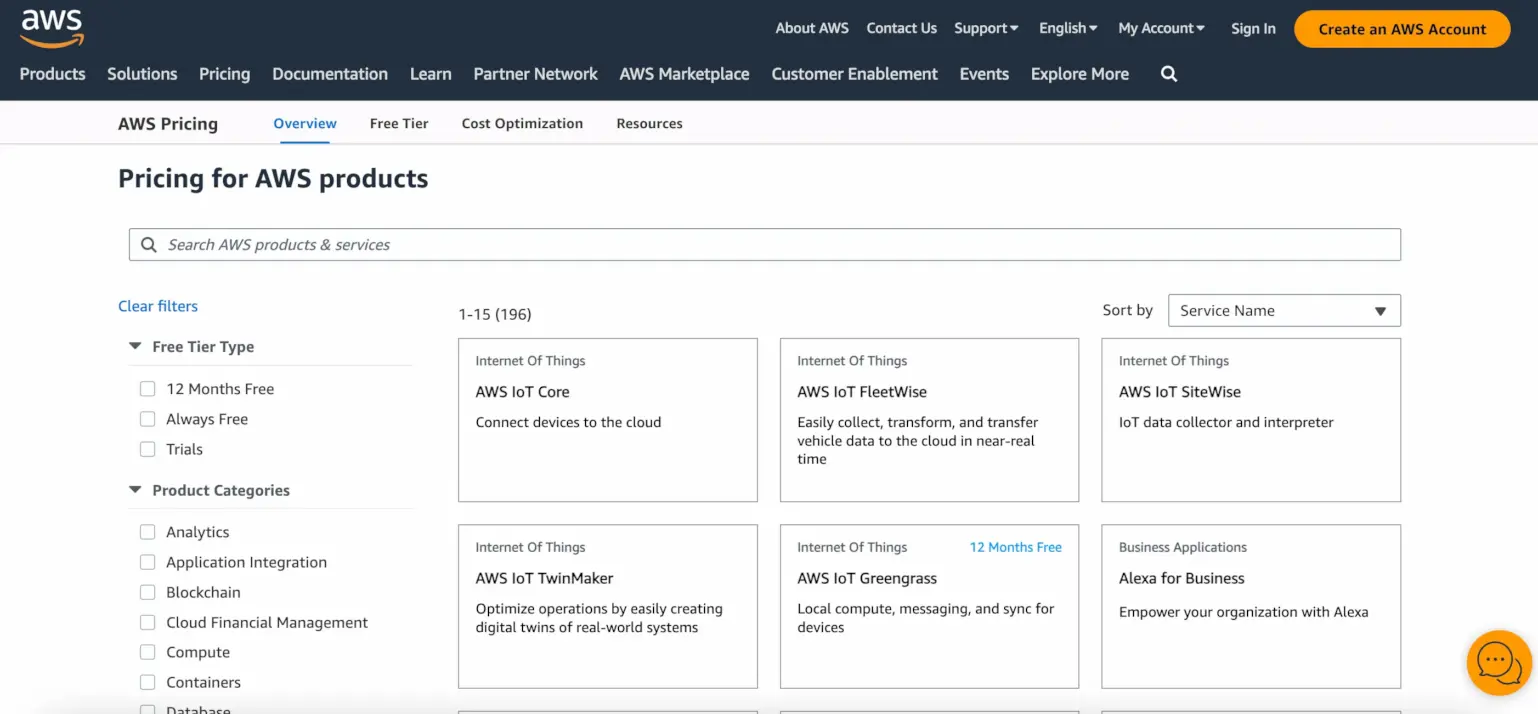
Factors that impact the cost of using each platform
Before reaching a decision, it's essential to consider the factors that could impact the overall cost of utilizing each platform.
Factors such as usage volume, the complexity of your chatbot, and additional services integrated into your solution can influence the pricing structure.
Analyzing your specific requirements and projecting your usage will help you evaluate the long-term costs effectively.
Comparison of pricing plans and costs to consider
In a head-to-head comparison of the pricing plans, Amazon Lex may provide more flexibility due to its pay-as-you-go model, allowing you to scale your usage up or down as needed.
Dialogflow's free tier may be a great starting point for smaller projects, while its premium plans cater to enterprises with higher demands.
It's worth carefully analyzing your specific needs, usage projections, and budget constraints when making a decision.
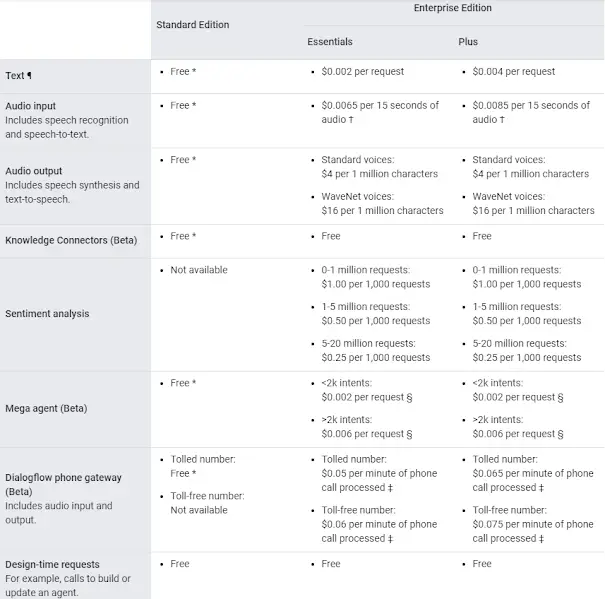
Detailed analysis of the user interface of both platforms
A user-friendly and intuitive interface is key to a seamless user experience. Starting with Amazon Lex, its interface is clean and straightforward, making it easy for developers to navigate through the various features and functionalities. The console provides a comprehensive overview of your chatbot, allowing you to easily configure intents, define slots, and modify responses.
On the other hand, the Dialogflow chatbot offers a sleek and modern UI that is visually appealing and easy to grasp. Its interface is designed to simplify the process of building conversational agents. With features like rich responses and visual conversation flow design, Dialogflow aims to empower developers and make the creation of chatbots a breeze.
Comparison of ease of use for developers and users
When it comes to ease of use, both Amazon Lex and Dialogflow offer a user-friendly environment. Developers can quickly grasp the concepts and get started with building their chatbots or virtual assistants. With their intuitive interfaces and robust documentation, developers can navigate through the platforms with ease, even if they are new to natural language processing.
Furthermore, both platforms provide comprehensive training resources, including tutorials and developer communities, ensuring that users have the support they need to overcome any hurdles they may encounter.
Points to consider when selecting a platform based on user experience
While both Amazon Lex and Dialogflow offer user-friendly interfaces, it's essential to consider your specific requirements and the needs of your target audience when making a choice. Think about:
- The complexity of your project: If you're looking for a more advanced and sophisticated conversational experience, consider the features offered by each platform that align with your goals.
- Customization options: Evaluate the flexibility offered by each platform to customize the UI to match your branding and design preferences.
- Development time: Consider the learning curve and the time it takes to get up and running with the platform. This can vary depending on your familiarity with similar tools and technologies.
Natural Language Processing Capabilities
Now, let's shift our focus to one of the core functionalities of natural language processing platforms: their ability to understand and process language inputs from users. Amazon Lex and Dialogflow excel in this area, but they have unique approaches to natural language processing.
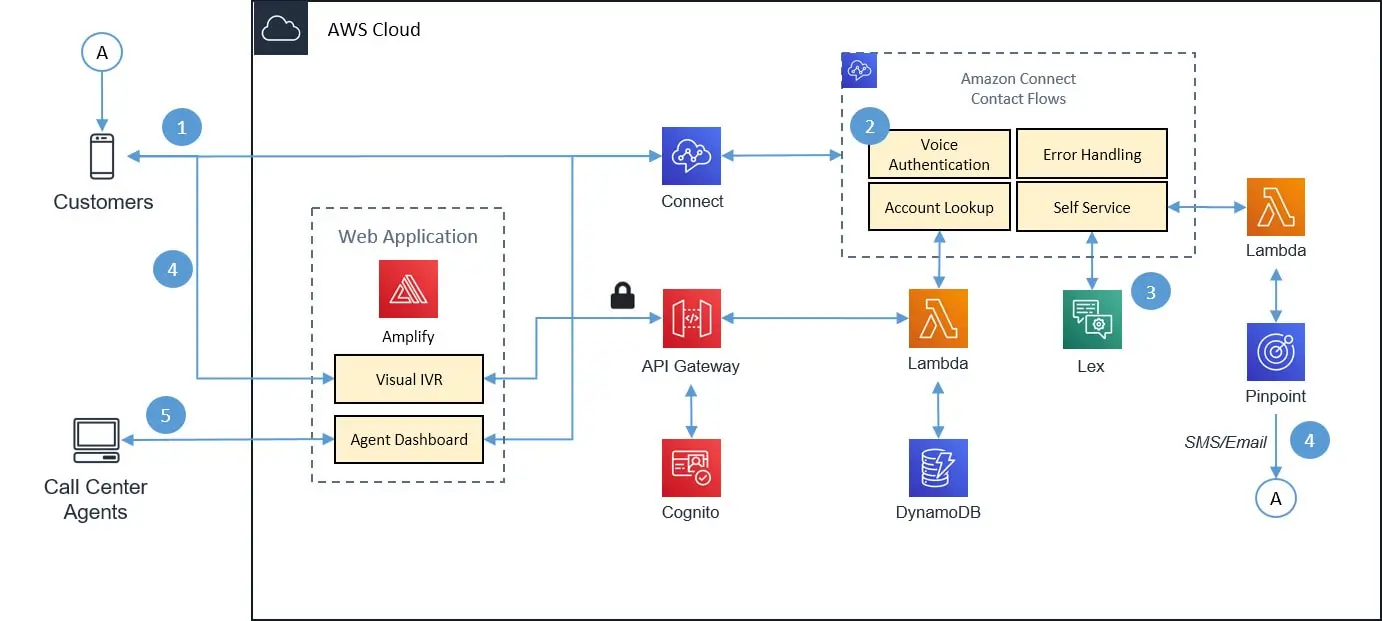
An in-depth explanation of the natural language processing capabilities of Amazon Lex and Dialogflow
Amazon Lex harnesses the power of deep learning algorithms and automatic speech recognition to process and understand user inputs accurately. It provides built-in machine-learning models that can be trained to identify and extract user intents and slot values.
Dialogflow, on the other hand, is built on Google's cutting-edge machine-learning technology. It leverages natural language understanding (NLU) to parse user inputs, extracting intents, entities, and contexts to deliver meaningful responses. Dialogflow's NLU capabilities continuously improve over time as it learns from user interactions.
How each platform processes language and inputs from users
Amazon Lex relies on training data to understand user inputs and maps them to intents and entities. Developers can provide sample phrases and associate them with specific actions to train the chatbot. Once trained, Lex uses deep learning algorithms to match user inputs with the trained intent and extract the relevant data.
In Dialogflow, developers define intents and training phrases that represent user queries. Dialogflow's NLU engine processes these training phrases and builds a language model to understand user inputs accurately. The platform also supports context-specific conversations, allowing the conversation to flow naturally based on previous user interactions.
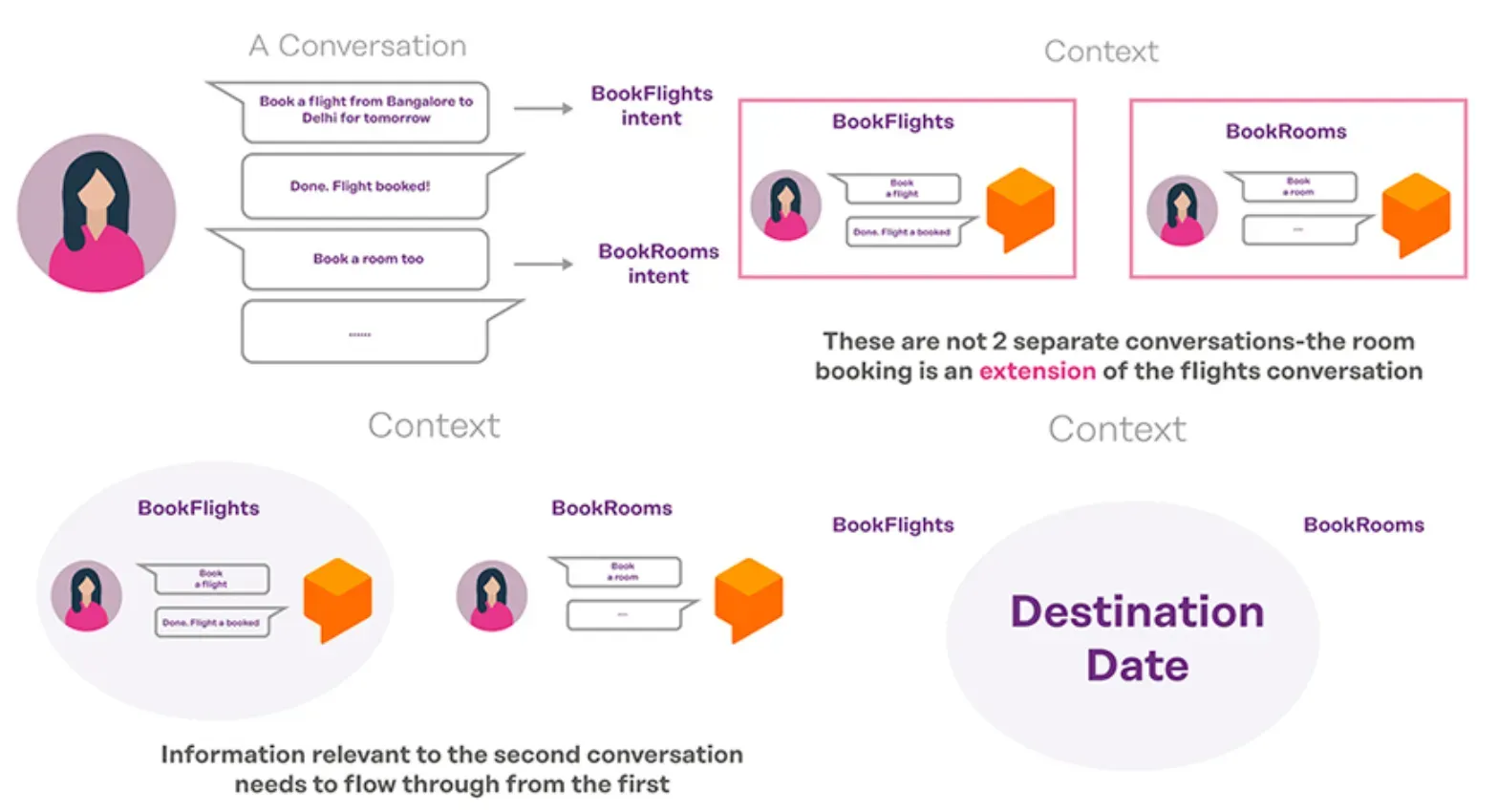
Pros and cons of each platform for natural language processing
Amazon Lex's strength lies in its advanced speech recognition capabilities, making it an ideal choice for solutions that require voice interactions.
Its integration with the broader ecosystem of AWS services further enhances its natural language processing capabilities.
However, some users may find that the training process in Lex requires more manual intervention compared to the Dialogflow chatbot.
Dialogflow chatbot, with its powerful natural language understanding engine, offers excellent out-of-the-box performance without the need for extensive training.
Its ability to handle complex conversations and support multi-language interactions makes it a go-to choice for many developers.
However, some users may find the customization options limited compared to Amazon Lex.
Suggested Reading:
How to Create a DialogFlow Chatbot: A Step-by-Step Guide
Integration Capabilities
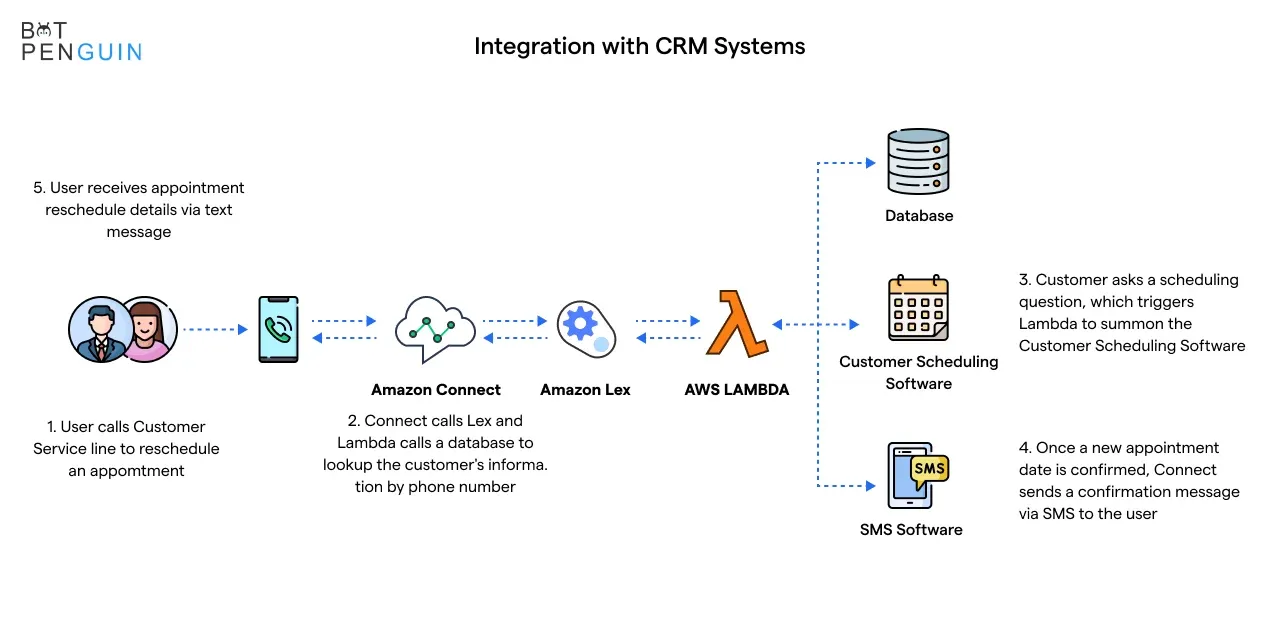
Both Amazon Lex and Dialogflow offer robust integration capabilities. With Amazon Lex, you can easily integrate your chatbot or virtual assistant with a variety of platforms and channels.
It seamlessly integrates with popular messaging platforms such as Facebook Messenger, Slack, and Twilio, allowing you to reach your users wherever they are.
Similarly, the Dialogflow chatbot offers extensive integration options. It supports integrations with major platforms like Facebook Messenger, Telegram, and Google Assistant. Additionally, Dialogflow provides integration with various third-party applications, making it easier to connect your chatbot to CRM systems, databases, and other tools.

Ease of Integration with other Platforms
When it comes to integrating with other platforms, both Amazon Lex and Dialogflow excel. They provide user-friendly interfaces and pre-built connectors that simplify the integration process. With Amazon Lex, you can leverage AWS Lambda functions to connect your chatbot to external services and perform complex operations.
Dialogflow, on the other hand, offers a seamless integration experience through its webhook functionality. It allows you to connect your chatbot to external APIs and services, enabling advanced functionality and data retrieval.
Talking about integrating chatbots with multiple messaging platforms, one more platform makes the process super easy. And that is BotPenguin. We offer the following integrations for messaging platforms.
- WhatsApp Chatbot
- Facebook Chatbot
- Wordpress Chatbot
- Telegram Chatbot
- Website Chatbot
- Squarespace Chatbot
Comparing Deployment Methods
In terms of deployment, both platforms offer convenient options. Amazon Lex provides a simple deployment process through AWS services. Once you've built your chatbot, you can deploy it with just a few clicks, and Amazon Lex takes care of the scaling and management for you.
Dialogflow chatbot offers various deployment methods as well. You can deploy your chatbot on Google Cloud Platform, making it scalable and accessible to a global audience. Dialogflow's deployment options ensure that your chatbot can handle high traffic volumes without any hassle.

Conclusion
In summary, Dialogflow leads in NLP capability with its machine learning integration, while Lex simplifies building voice-enabled apps on AWS. Dialogflow has an edge for global enterprises thanks to its multi-language support. However, Lex offers robust scalability and may suit you better if you have prior AWS experience.
Analyze your use cases, resources, and growth goals. Weigh the pros and cons before deciding between Lex and Dialogflow for frictionless conversational experiences.
With their impressive integration capabilities, user-friendly deployment options, and top-notch support and documentation, both Amazon Lex and Dialogflow offer fantastic solutions for building chatbots and virtual assistants.
The BotPenguin platform provides all the same benefits - easy drag-and-drop bot building, broad integration options, and excellent support - at a more affordable price point for companies of all sizes.
With it, anyone can quickly create intelligent AI chatbots on Facebook Messenger, WhatsApp, SMS, web, and more channels to drive business value. BotPenguin gives you the same powerful functionality for building remarkable conversational experiences that will impress your users!
Frequently Asked Questions (FAQs)
What are the primary use cases for Amazon Lex and Dialogflow?
Amazon Lex is often used for AWS-based applications, while Dialogflow is versatile for various industries, including customer support, e-commerce, and more.
How do Amazon Lex and Dialogflow handle multilingual capabilities?
Both platforms support multiple languages, but the ease of implementing multilingual chatbots may differ.
What are the key differences in terms of pricing between Amazon Lex and Dialogflow?
Amazon Lex pricing is usage-based, while Dialogflow offers free and premium plans with different pricing structures.
Are there differences in integration options for Amazon Lex and Dialogflow?
Both platforms offer integrations with various messaging channels, but specific integrations may vary.
What machine learning and AI capabilities do Amazon Lex and Dialogflow offer?
Both platforms offer machine learning capabilities, but they may differ in the level of customization and AI models available.


